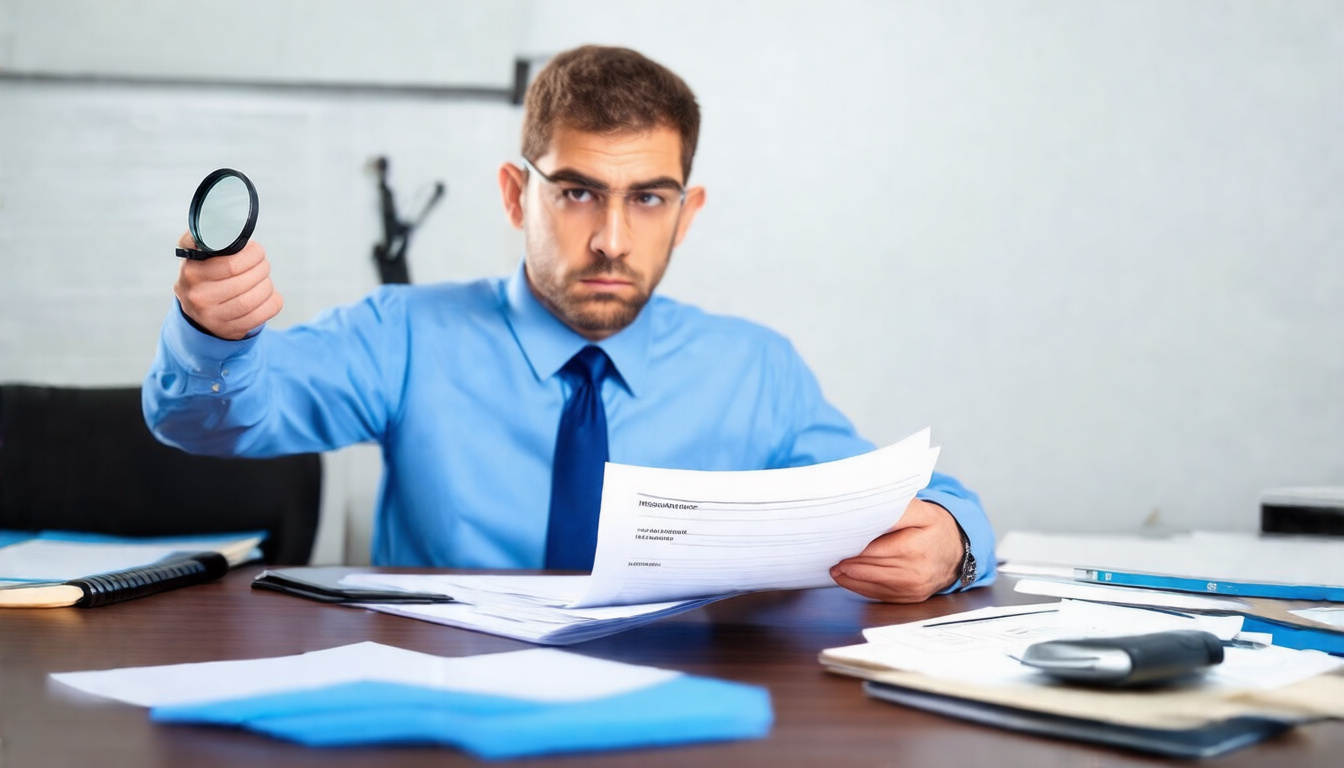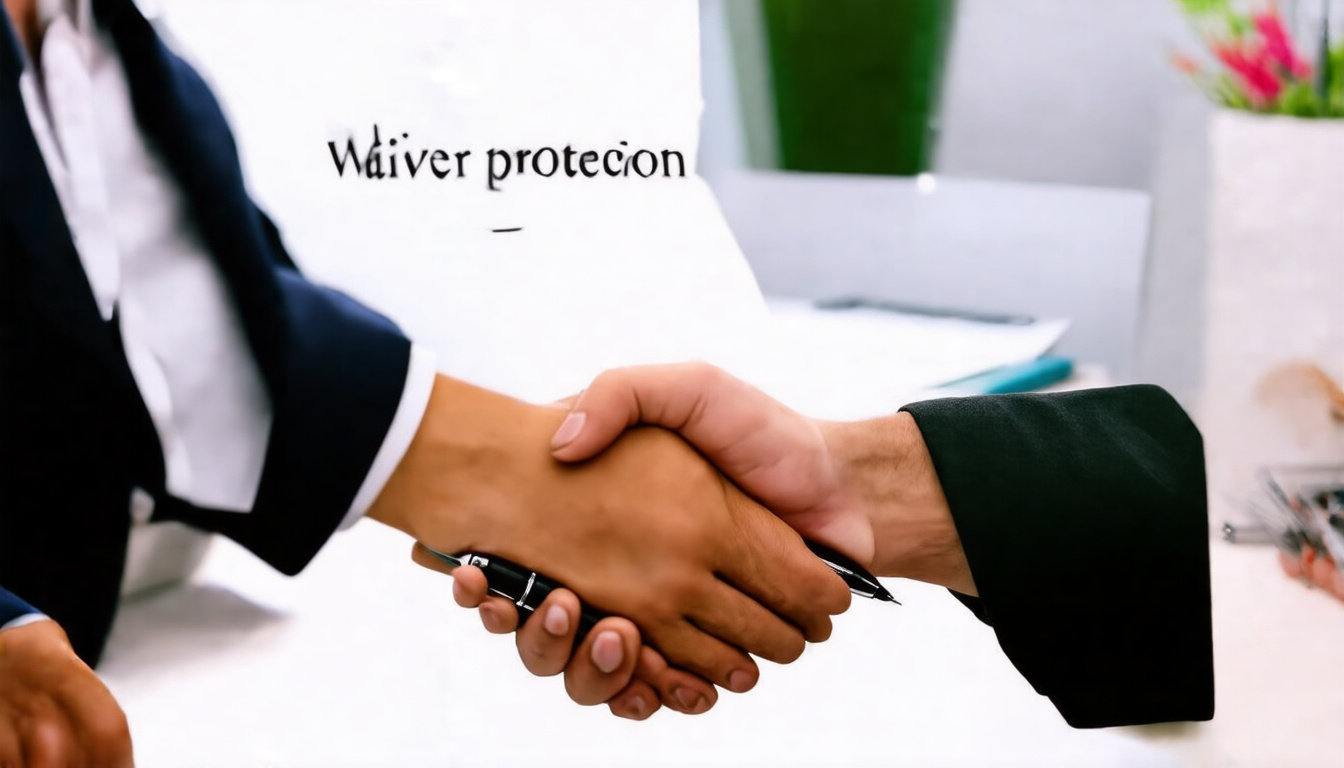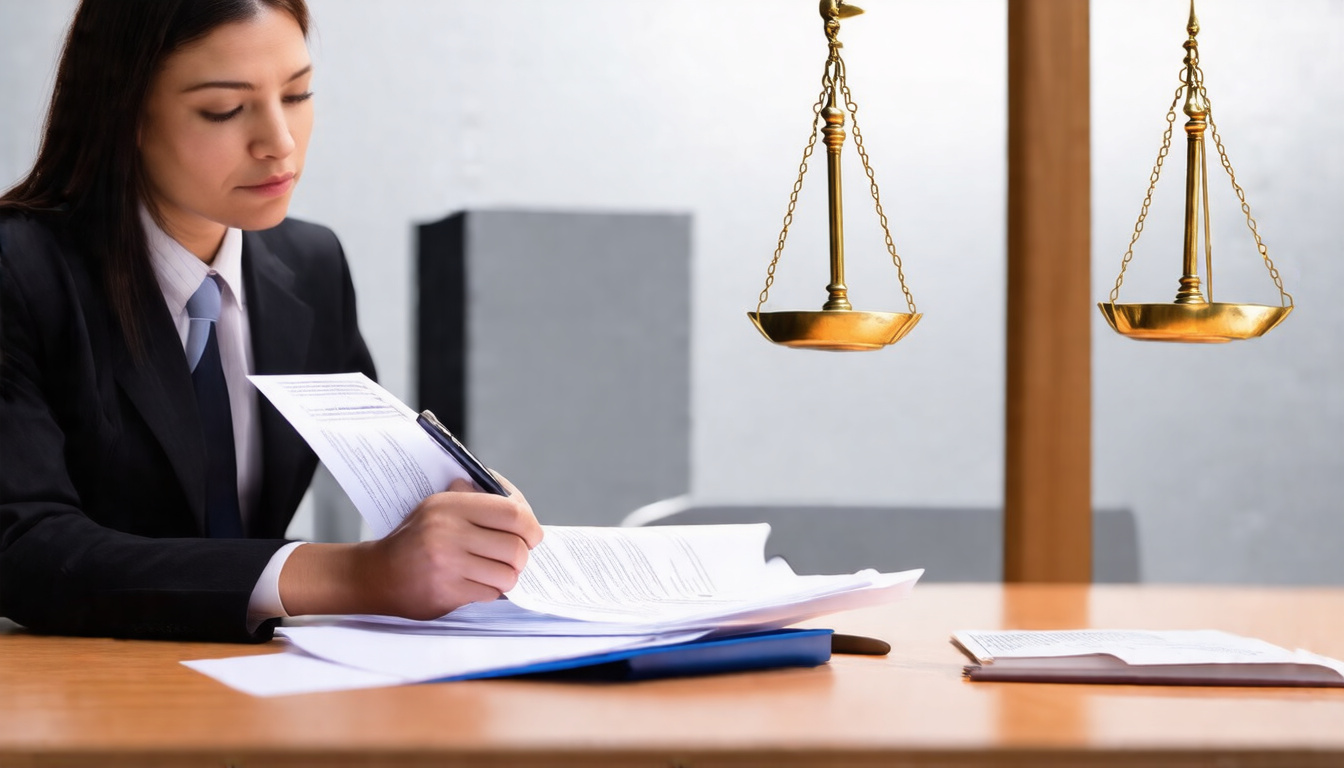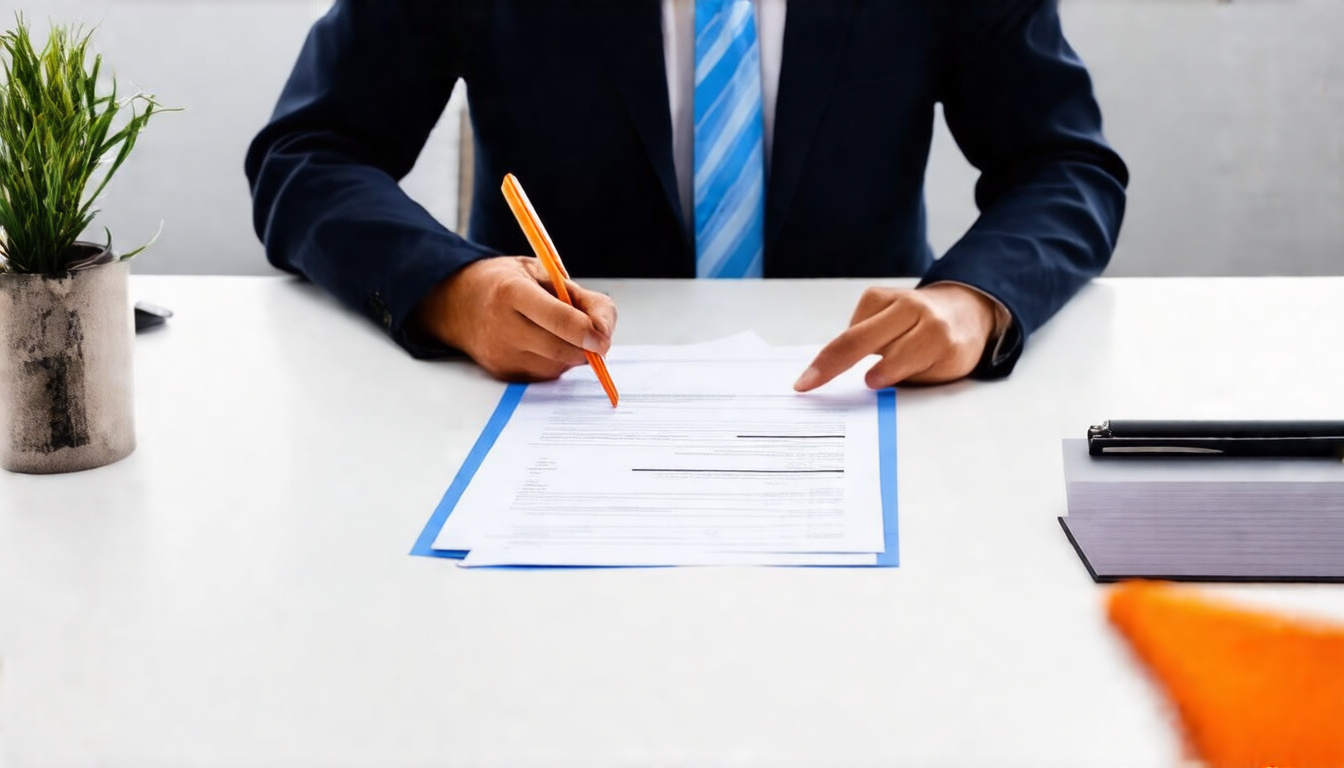In today’s legal and business world, liability exposure matters. It links risk and responsibility. When actions or negligence cause damages, you bear the blame. Financial loss and hurting reputations follow. This article outlines key risks and shares steps to cut them down.
What Is Liability Exposure?
Liability exposure shows how much legal blame you or your company may take. It covers risks such as bodily harm, property loss, professional mistakes, and contract issues. First, learn where your exposure lies. Then, take steps to lower it.
Key Risks Associated with Liability Exposure
Each risk stands on its own. Review the main ones common for both businesses and individuals:
1. General Liability Risks
A slip, a fall, or a property accident can start a claim. A customer falls in your store. Your business faces a claim. The risk stays high if operations lack safe guidelines.
2. Professional Liability Risks
Errors and omissions, or E&O, cause these risks. Here the link goes from professional mistakes to legal claims. Doctors, lawyers, and accountants all face blame if they err. Financial harm may follow quickly.
3. Product Liability Risks
If a product you make or sell harms someone, legal blame grows. A faulty product can lead to hefty lawsuits. Damage to your brand ties to these claims.
4. Cyber Liability Risks
Digital work brings new threats. Data breaches, hacks, or leaks can cause a legal storm. Trust and finances both come under pressure when cyber risks strike.
5. Employment Practices Liability
Workplace issues like discrimination or wrongful firing add to the risk. When employee rights are hurt, lawsuits build. Lawsuits here come with steep costs.
How to Assess Your Liability Exposure
Look at your work, agreements, and industry needs carefully. Follow these steps:
• Examine risk points in your actions.
• Check contracts to see if they shield you from blame.
• Audit policies that guide your staff.
• Ask legal or insurance experts for advice.
Effective Strategies to Mitigate Liability Exposure
Reduce risk by acting before a claim starts. Use these strategies:
1. Implement Strong Contractual Protections
Let contracts set clear rules. Define each side’s duty. Add clauses that guide disputes. This keeps lawsuits from growing.
2. Maintain Adequate Insurance Coverage
Insurance covers legal claims. Get policies for general, professional, product, and cyber risks. Review these often. Keep them in step with your needs.
3. Establish Safety and Compliance Programs
A safe workplace reduces risk. Train employees and set clear rules. Follow industry laws. Such steps keep accidents and violations low.

4. Adopt Robust Cybersecurity Measures
Secure your data. Use firewalls, encryption, and training. Plan for incidents. Doing so weakens cyber risks.
5. Conduct Employee Training and Background Checks
Teach ethical ways and legal rules. Check backgrounds before hiring. This cuts potential workplace issues.
6. Develop a Crisis Management Plan
A clear plan for lawsuits or breaches drives quick action. Being ready helps control damage fast.
A Checklist to Reduce Liability Exposure
Use this short list to lessen risk:
- Identify all legal risk in your work.
- Update contracts to manage blame.
- Buy and review the right insurance often.
- Use strong safety and legal rules at work.
- Build solid cyber protections and train your staff.
- Teach all on ethical and legal ways.
- Make a plan for legal or data issues.
- Consult lawyers to check your risk steps.
This list builds a strong base against claims.
Frequently Asked Questions (FAQs)
1. What exactly does liability exposure mean in business?
It means that a business can face legal blame for causing harm or loss. Negligence or mistakes make you liable. This risk may hurt both finances and reputation.
2. How can small businesses best protect themselves from liability exposure?
Small firms should get the right insurance. They must use clear contracts and train staff well. They need to follow safety rules. Legal and insurance experts help build sound plans.
3. Does liability exposure include cyber risks?
Yes. Cyber risks link data breaches, hacks, or lost information to legal claims. As online risks grow, guarding against them becomes vital.
Why Understanding and Managing Liability Exposure Matters
When you ignore exposure, losses grow. Legal penalties, cash loss, and hurt reputations become likely. It is not if a claim will come, but when. Smart companies see liability management as key to steady work.
Take steps now. Assess risks and use these strategies. Protect your assets and gain trust. Keep up with the rules to build success.
For more help, the Small Business Administration gives tips on cutting risks well (source).
Conclusion: Take Charge of Your Liability Exposure Today
Understanding liability exposure lets you face risks. With a clear view of where problems lie, use insurance, contracts, and cyber plans to cut risk. Do not leave your future to chance. Act now to shield your business and name.
Ready to lower your risk? Link with trusted advisors, check your coverage, and fix your risk plans today. A prompt act gives peace and guides you to success.
Author: Doyle Weaver, Attorney at Law
Home | Estate Planning | Personal Injury | Hill Country Lawyer | Terms of Service | Privacy Policy
© 2025 Digital Law Firm, P.C.
Disclaimer: The content provided in this blog is for educational and informational purposes only. It is not intended to constitute legal advice or establish an attorney-client relationship. The information presented does not address individual circumstances and should not be relied upon as a substitute for professional legal counsel. Always consult a qualified attorney for advice regarding your specific legal situation. The author and publisher are not liable for any actions taken based on the content of this blog.


















